

The Habitats Trust Grants recognises and supports conservation organisations and individuals, who work to conserve India’s natural habitats and native species of flora and fauna, especially the lesser-known species and neglected habitats. The Grants aim to support holistic, innovative, and replicable conservation projects.
Applications for the THT Conservation Grant, THT Action Grant and THT Research Grant are Closed NOW for 2025!
Wildlife Biologist, Author and Environmental Journalist
Founder and CEO for the Mara Triangle Conservation Area, Kenya
Wildlife Expert and architect of the Wild Life (Protection) Act of 1972
Chairperson, HCLTech
Trustee, Shiv Nadar Foundation,
Founder & Trustee, The Habitats Trust
Since The Habitats Trust Grants was established in 2018, we have received over 10,000 registrations and 2,000 applications from across India. Of these, 37 recipients have been selected.
Explore this map to learn about the work of our grant recipients.
The THT Conservation Grant is established to provide financial support for organisations that focus on India’s conservation challenges, especially for lesser-known species and critical habitats. The grants are intended towards promoting holistically designed conservation efforts. Applications are accepted through the THT Grants portal.
The grant will be administered for three years and be given to two shortlisted applications.
The THT Action Grant will support individuals and organisations, who are working towards on-ground action, focusing on lesser-known species and/or habitats that require urgent conservation intervention. Applications are accepted through the THT Grants portal.
The grant will be administered for two years and be given to three shortlisted applications.
THT Seed Grant aims to fill an urgent and critical gap in conservation action for lesser-known species and critical habitats. The Seed Grant will be up to INR 300,000 for a duration of maximum one year.
Across the country there are grassroots conservationists working dedicatedly, with little to no support, to protect our threatened biodiversity. The work they do in their individual capacity has a meaningful impact on conservation in the country, but unfortunately, largely goes unrecognised. This grant aims to champion the work these conservation heroes and provide them a platform to expand their activities and garner further support for their activities.
Successfully submitted applications and projects will be screened for eligibility, relevance of answers and authenticity of information. A team of experts including sector specialists and external auditors evaluate the successful entries on the following parameters :
• Applicant Profile : Based on past performance and credentials, capacity to deliver, financial management, program management and other such criteria.
• Project Profile : Based on statement of need, clarity of objectives, measurability of impact, innovation, strategy and approaches, replicability, stakeholder participation, scalability and sustainability.
At the end of the First Level Screening and Shortlisting round, 28 applications, six in each category, will move forward for Field Level Verification.
The Habitats Trust team will visit the proposed project locations and meet with the project teams and relevant stakeholders to verify if details provided by the applicant are true to fact, and to evaluate proposals in the context of the conservation need and on-ground realities.
The twelve shortlisted applicants, three in each category, will be invited to present their proposed projects in person to our Jury of eminent conservationists at the Jury Round. Recipients of The Habitats Trust Grants are announced at a Felicitation Event following the Jury Round.

Project applications and Field Level Verification findings will be evaluated by the Sub-Jury of institution leaders, following which twelve shortlisted applicants, three in each category, will move forward to the final Jury Round.
The work of all the applicants shortlisted for the Jury Round is published in The Habitats Trust Grants compendium, as a tribute to their efforts and achievements. Disseminated widely by HCL, this provides national and international visibility the applicants.
Say hello to the strange and wonderful world of softshell turtles. Apart from being favourites in pop culture and stories, turtles are integral to several aquatic ecosystems. Freshwater turtles are facing a rapid decline due to numerous reasons, namely habitat loss, climate change, and more infamously - pet trade, and their meat and use in traditional medicines.
Northeast India is a hotspot for freshwater turtles and tortoises, home to 22 species of the 41 found in India, but not much is known about turtle distribution and population in Mizoram. H. T. Lalremsanga aims to remedy that. Softshell turtles in the Northeast are prized as a delicacy and a source of income so their conservation is understandably challenging. To combat this, Lalremsanga plans to map their population, distribution, and learn more about their habitats in Mizoram – all this while using a long-term, community-based approach, enlisting the help of local youth, researchers, and forest staff.
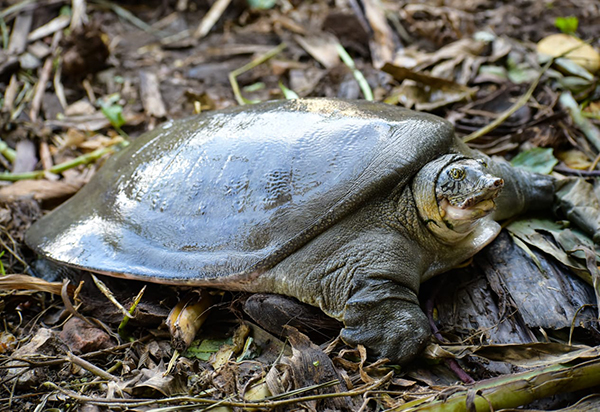
It’s not uncommon to see wild bee colonies in our city high-rises, building their homes and lives on towering balconies. For example, decades ago, Rock Bee hives were seen on large trees, but as those were cleared to make way for buildings, the bees adapted.
One of the THT Action Grant finalists - Rajani Mani, who began the Friends of Bees campaign, stumbled onto the fascinating world of wild bees while navigating the rescue of one such colony.
She shares some good press for this largely-ignored creature: Over 75% of the world’s food crops rely on pollinators, one of them being bees. Through this, bees promote biodiversity while also securing our food supply. Bees are facing a decline due to several factors – climate change, invasive species, air pollution, light pollution, use of pesticides, but most of all, human apathy and ignorance.
Friends of Bees aims to educate, create awareness, change behavioural attitudes towards wild pollinators, and through public support, work toward their conservation. The focal species for her project, as mentioned above, is Apis dorsata, commonly called Rock Bee or the Giant Asian honey bee.
Mani’s work begs the question - if these bees disappear entirely, what would it mean for the farmer, the forest, and the future generations of humans?
We wish them all the best.

Shark conversations aren't always about bycatch (their unintentional capture), or about the fact that several species in Indian waters are endangered.
India is in fact, one of the top three contributors to shark-catch in the world, but bycatch off Indian coasts is not always documented or monitored in a systematic manner that is useful to inform conservation and management. Add to that, a slow growth rate, late maturity and fertility issues and what you get is an exceedingly threatened creature.
Cue: our next Action Grant Finalists - The Zoo Outreach Organisation (ZOO), which is trying to conserve certain threatened shark species, including the Great Hammerhead and Zebra Shark, off the coast of Tamil Nadu. Most of the bycatch is due to exploitative fishing practices and non-targeted gear. ZOO is attempting to change this via gear regulation with community participation, online campaigns and on-ground education. All this aids in assessing the current situation of sharks and the threats they face and then developing conservation measures.
We wish him all the best.
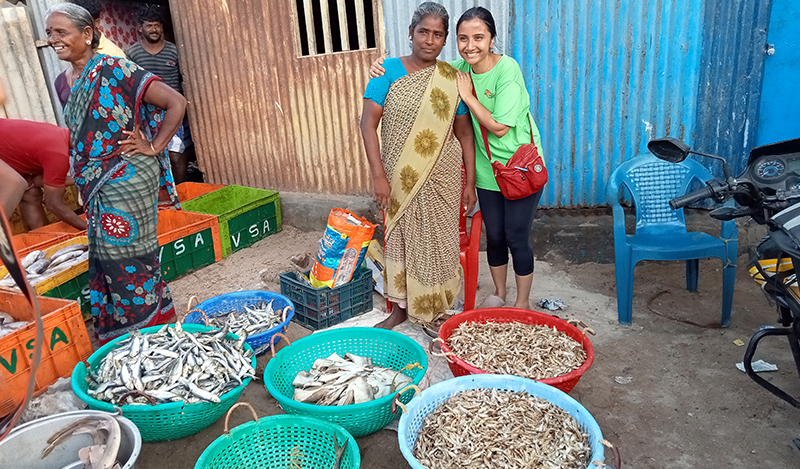
Not all plants equal good habitats.
Like the Lantana, a highly invasive and toxic species, which arrived in India around 200 years ago with the British. Lantana alters the very structure of the habitat it grows in by displacing the native plant life, which starts a chain of unfortunate events - a decline in herbivores that feed on the plants, pushing out carnivores to other areas, which might even increase human-wildlife conflict. Forest departments around India have been trying to eradicate Lantana for over 100 years, with no success.
Our next finalist, The Shola Trust, aims to make headway in the Biligiri Rangaswamy Temple (BRT) tiger reserve, which is perhaps one of the worst Lantana-affected parks in south India. BRT is a vital landscape, as it is a key corridor in the South Indian landscape that is home to one of the largest remaining population of wild Asian elephants, and the tiger.
The Forest Department has made large-scale Lantana removal a priority, and The Shola Trust aims to find sustainable ways to keep out Lantana and restore the grassy understory of these woodland savannas. One such practice is working with the locals to use Lantana to make furniture and other products so they can also earn an income from it.
We wish them all the best.
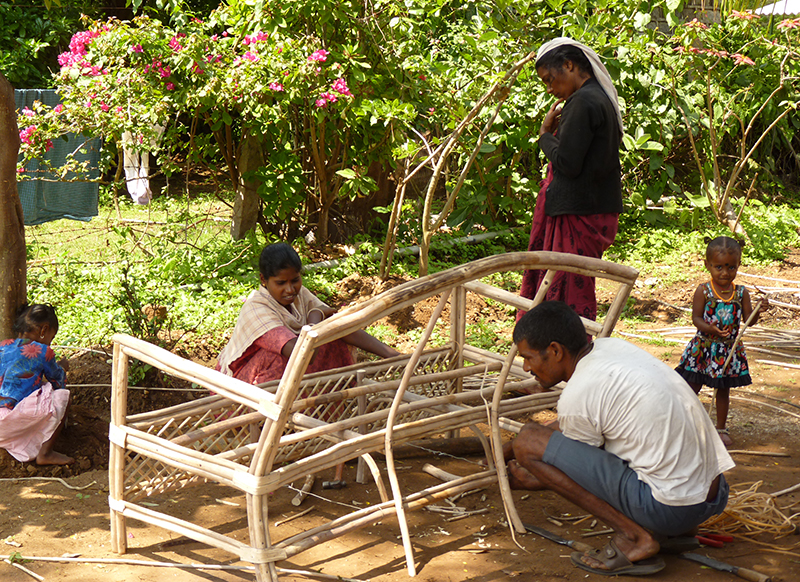
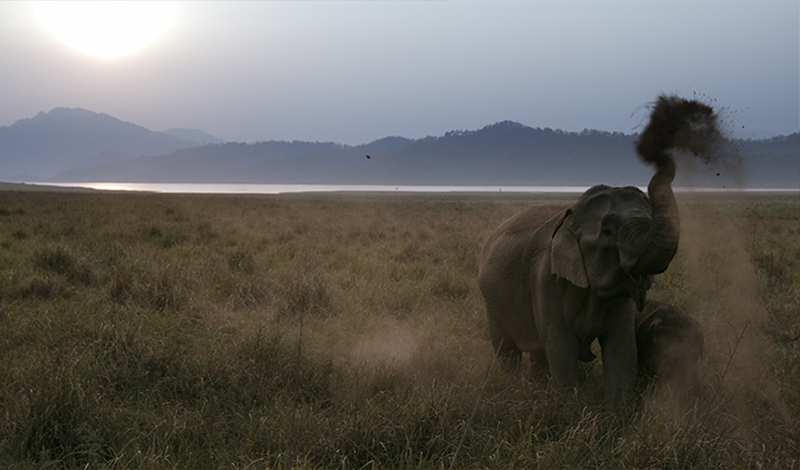
The Western Ghats aren't just another mountain range with pretty tourism spots. They are one of three most threatened biodiversity hotspots in the world.
The northern part of the Western Ghats have plateaus comprising lateritic soil that is abundant in iron and aluminium, but poorer in a few other elements essential to plant growth. These plateaus are recognised as sensitive habitats with high degrees of endemism and rarity. These conditions play an important role in determining the unique native plant and animal diversity here, many of which are restricted exclusively to this region. One such lateritic outcrop is the Panchgani Tableland, which, along with four other lateritic plateaus, support approximately 150 plant species and a wide variety of insects, birds, reptiles, and endemic amphibians.
Panchgani, a famous hill station in Maharashtra, is visited by over 15 lakh tourists every year. The economy and livelihood of the area depends on nature tourism, but that has also led to degradation of the habitat, mainly due to trampling by horse-cart rides and strolling tourists.
Our next finalist, Maharashtra Education Society’s Abasaheb Garware College, plans to assess the current population of threatened plant species in the tableland, study the habitat where they thrive, reintroduce species that have depleted and develop a conservation plan for the habitat.
We wish them all the best.

If we needed to understand how vital our rivers and the banks they flow by are, Bombay Natural History Society (BNHS) shines a focussed spotlight on a largely invisible ecosystem – sandbars. Two globally-endangered species of birds use these river habitats to breed.
The Indian Skimmer and Black-Bellied Tern are found in India, Bangladesh and in smaller numbers, in Pakistan and Nepal. India is home to over 90% of these species’ breeding population; River Chambal hosts the largest known breeding population of these species. So, where is the threat coming from? The big ones are the rapidly disappearing sand banks due to sand mining, big barrages that cause abrupt changes in water levels, increased boat activity due to increased fishing and also, threats to their nests due to trampling and predators like dogs and crows.
BNHS launched small-scale community-based conservation activities at Chambal and saw that the involvement of locals helped nesting numbers to rise. BNHS aims to train community members to aid in the protection of both these species. They hope to develop an evidence-based conservation model that could be applicable at other river nesting areas too.
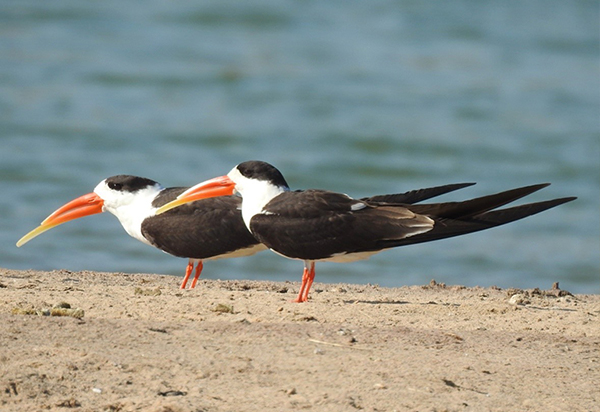
Lady Hastings, wife of the first British Governor-General of India, brought a plant with her at the end of the 18th Century. Little did she know it would soon terrorise local biodiversity, owing to its rapid growth. And that’s what’s happening in Mangalajodi, Odisha.
Water Hyacinth, while beautiful, is an invasive floating plant species growing wild in the wetlands across the country. It reduces the amount of oxygen available to fish and other aquatic life, pushes out native aquatic species from their habitat, hinders certain aquatic birds’ movement, creates an ideal habitat for disease-carrying mosquitoes, and increases sedimentation levels in the waters it grows in. As if this wasn’t enough damage, large infestations of the species also obstruct tourism activities like boat safaris, and local livelihood practices like fishing. Tourism in this town is low-impact and community-managed, and its growing popularity is causing concern.
Our next Action Grant finalist, Indian Grameen Services decided to be creative with the plant species in Manglajodi, Odisha. It aims to work with woman self-help groups and local youth to clear Water Hyacinth growth from the wetland. The organisation will set up platforms for them to create craft products and compost from the Water Hyacinth.
We wish them all the best.
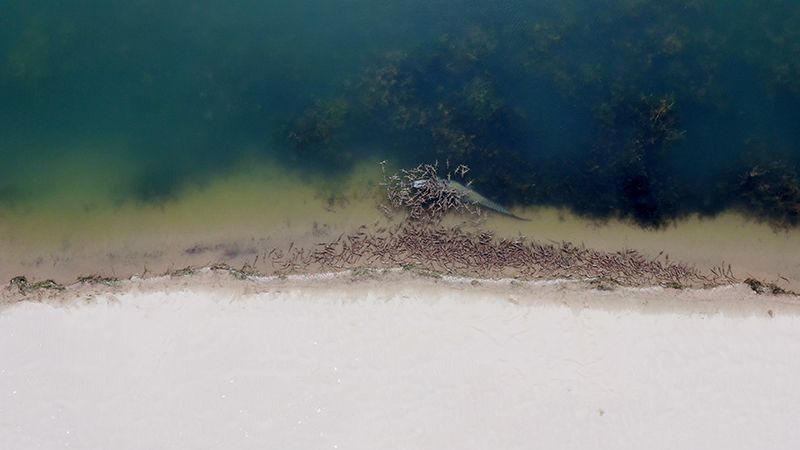
A bird that was once under contemplation to be India’s national bird, is now almost extinct. The Great Indian Bustard (GIB) is facing a rapid decline in numbers due to habitat loss and degradation. Alarm bells have sounded repeatedly on the fate of this bird - with very few breeding females left.
90% of the GIB’s remaining population, and its only remaining breeding population, is housed in Jaisalmer, Rajasthan. The bird, which was once present in 11 states across India, is now only found in five.
It’s a bird of grasslands and scrublands which is now surviving in areas interspersed with natural grasslands and agricultural fields. The habitable areas for the GIB in Jaisalmer are only left in very small portions due to windmills, solar parks, and a network of high-energy transmission cables.
The ERDS Foundation plans to create spaces that are ideal for the GIB to live and breed, by restoring arid grasslands, monitoring its numbers, and strengthening the anti-poaching network. It will work in a conservation strategy that encourages locals to consider making their farms a more suitable home for the great Indian bustard.
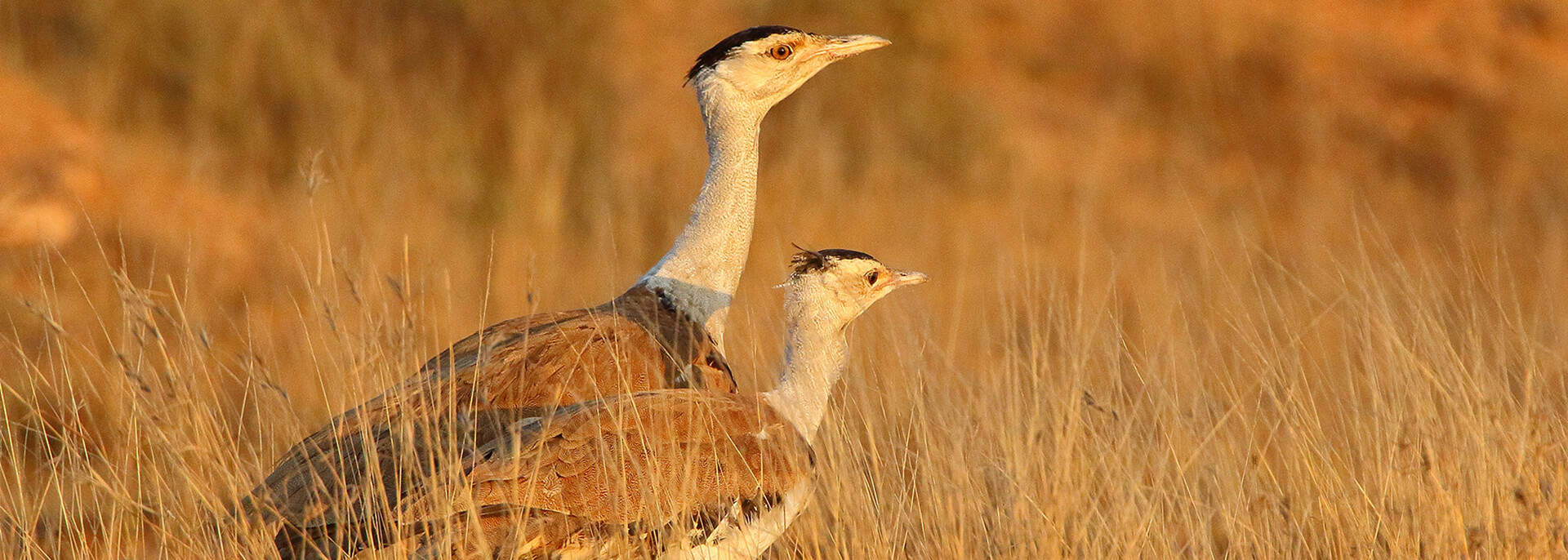
This bird stands tall. At a height of 4.2 feet. It is perhaps as tall as you. But this fact does not help with its conservation status - the White-Bellied Heron is critically-endangered globally.
This bird is currently reported in only four locations - Arunachal Pradesh, Assam, Bangladesh and Bhutan. It is speculated that around 250-1000 individuals live in the wild. Namdapha Tiger Reserve, in Arunachal Pradesh, is considered a strong-hold for the species with 5-6 individuals.
Very less is known about the biology of this large yet elusive species. Studies and opportunistic sightings lead experts to believe that the species’ overall population is insufficient for long-term survival.
These largely solitary herons depend on forest-associated wetlands, rivers and lakes for nesting and foraging. With the rapid development of dams in the Northeast, the White-Bellied Heron is facing a dangerous loss of habitat.
Apart from monitoring known sites, Ashoka Trust for Research in Ecology and the Environment (ATREE) plans to extensively search and survey potential habitats in Arunachal Pradesh along key river valleys. ATREE will also involve the locals into the conversation strategy - by creating awareness about its critical status, and also by creating tourism opportunities around this beautiful bird.
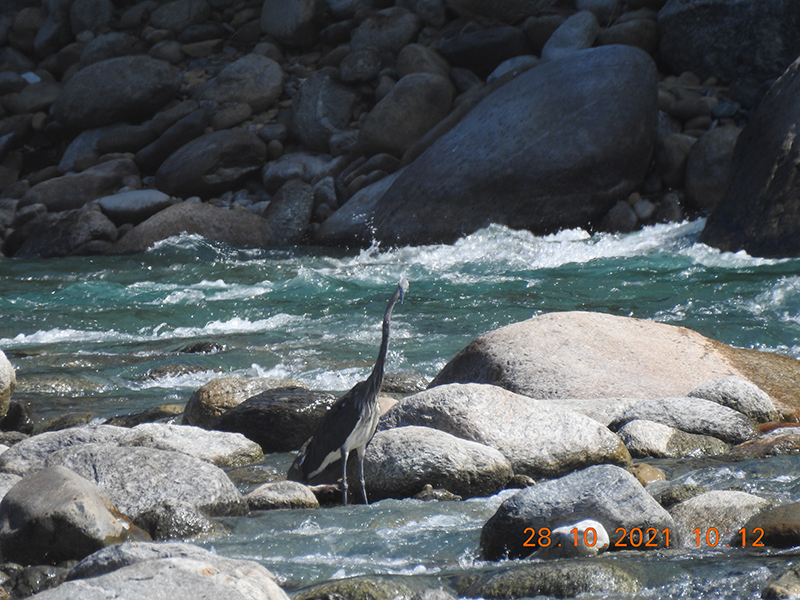
The rainforest canopy in Wayanad, Kerala, is a world unto itself, brimming with biodiversity. Climate change is threatening these canopies, which have evolved to form an association with epiphytic plants, which grow on them for support but produce their own food. They grow in high-up canopies to get light in dense rainforest habitats.
Epiphytic plants have an impact on the ecosystem's hydrology. They significantly increase the amount of fog water intercepted and retained in the rainforest ecosystem, as well as the creation of microhabitats that aid in the survival of canopy species. While there are several plant conservation programmes in the Western Ghats, few of them are comprehensive and scientific in nature.
Gurukula Botanical Sanctuary (GBS), aims to develop techniques to ensure the conservation of canopy-dependent flora, and the propagation of hundreds of Western Ghat’s canopy-related species. Their strategies will involve ex-situ conservation through multiplication in their nurseries, planting in GBS’s 70-acre land, and they hope to create protocols to guide other restoration programmes as well.
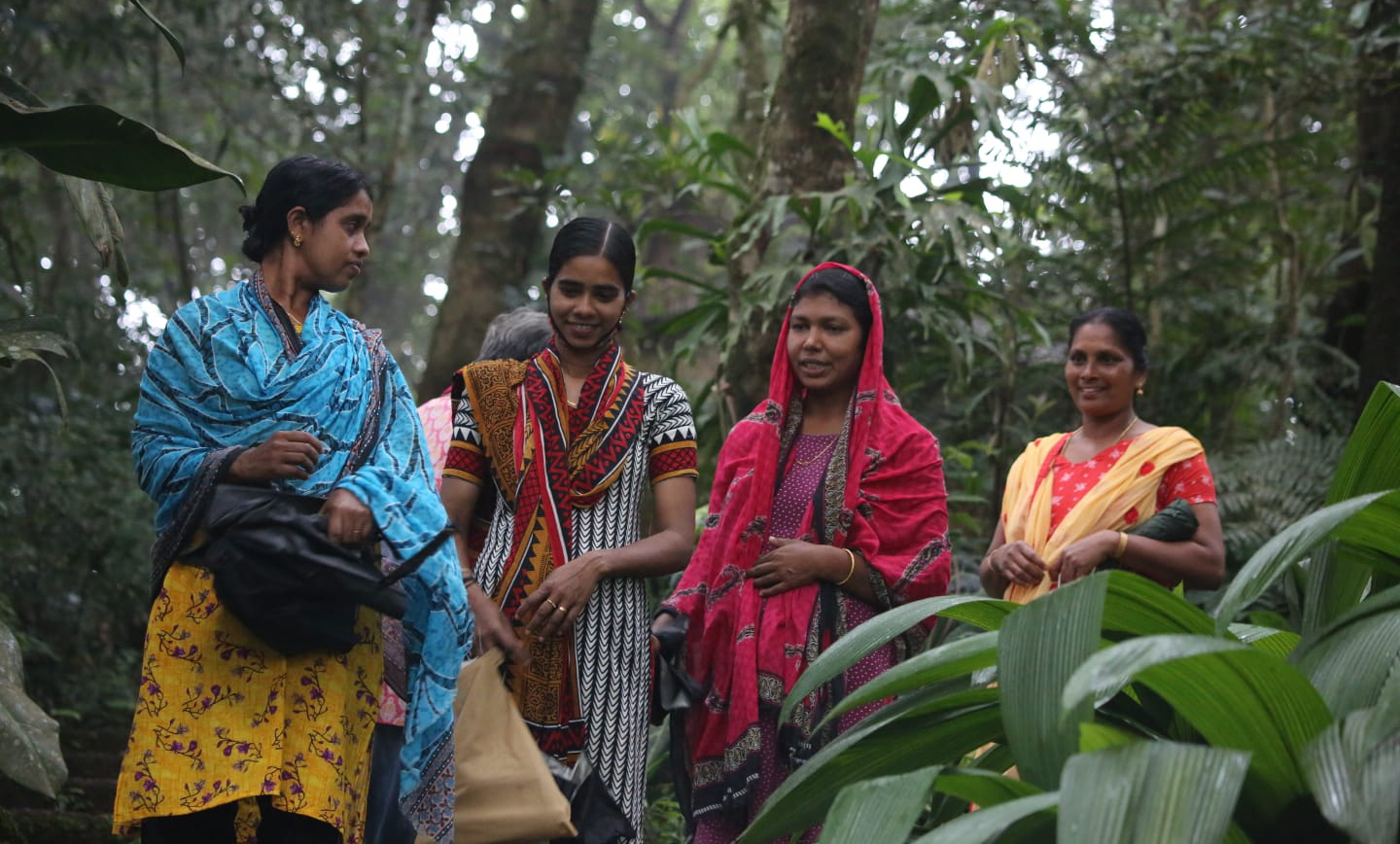
Part of the Eastern Ghats, the Arunachala Hill and its surrounding forests have been facing degradation for decades due to logging, fires and overgrazing. The restoration efforts on this hill have been on for the last 19 years, and could do with a little scaling up.
The hill has been restored with a preliminary set of native flora and is now ready for introduction of climax species. The nearest remaining mature forests are 35 kms to the east and 50 kms to the west of the hill. Due to this distance, seed dispersal and wildlife migration becomes a challenge.
The Forest Way has two decades of experience in restoration of this particular region. As they have before, they plan to create firebreaks, work on grazing protection and restoration planting. They will also nurture vegetation and wildlife by improving soil conditions, collecting seeds and raising saplings to be propagated - and monitor their growth for optimum results. This will improve canopy covers and tree diversity, creating a micro-habitat for endangered and/or endemic species.
The organisation hopes that the restoration will create forest corridors between existing mature forests - a web of bio-diverse hubs that will aid in vegetation propagation and wildlife migration. As observed during their earlier work on this hill, the organisation believes the fresh efforts will encourage new species of vulnerable birds, butterflies and mammals to inhabit the restored forests.

Coming soon. Stay tuned!